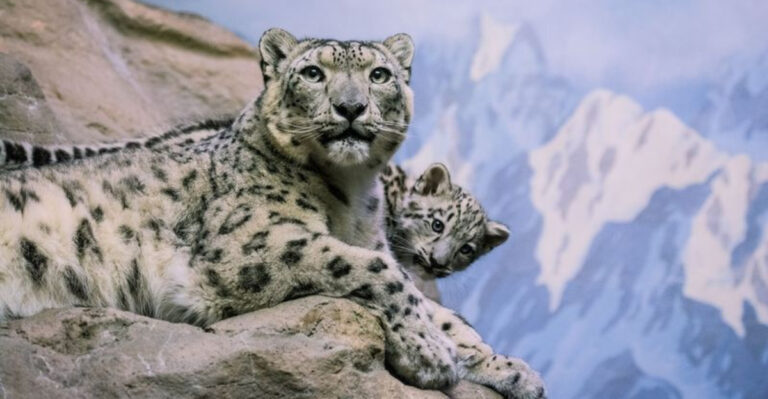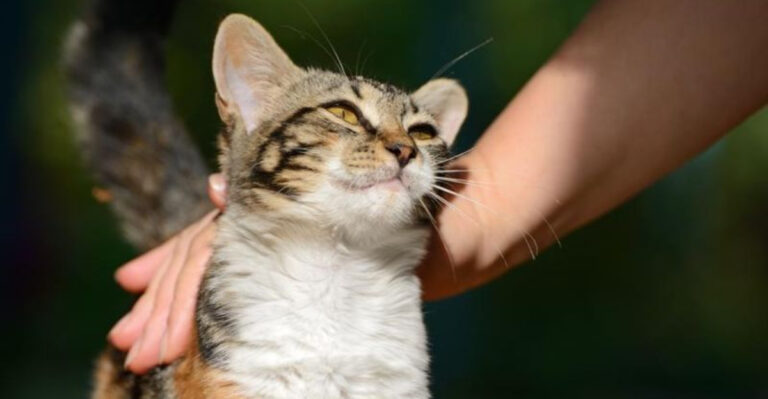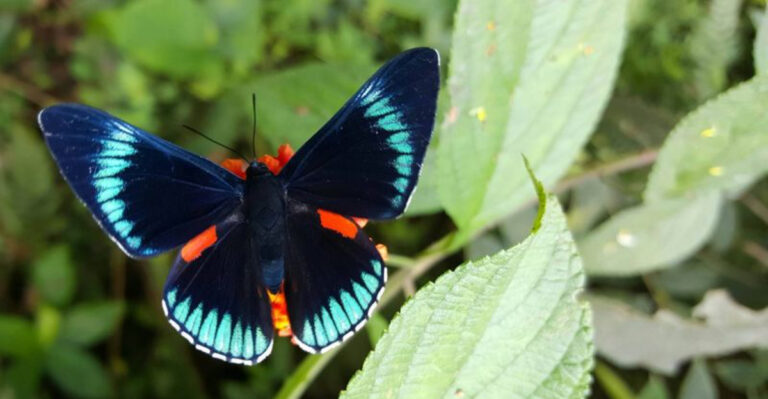16 Dangerous Animals That Might Be Lurking In Your Backyard

16 Dangerous Animals That Might Be Lurking In Your Backyard
You might think your backyard is a safe haven, but lurking in the shadows could be some surprisingly dangerous creatures. From venomous snakes to unpredictable predators, these animals aren’t as harmless as they may seem. While you’re enjoying a peaceful afternoon outdoors, certain species could be nearby, posing a hidden threat. Stay aware and learn about these dangerous animals that could be just beyond your door.
1. Eastern Diamondback Rattlesnake
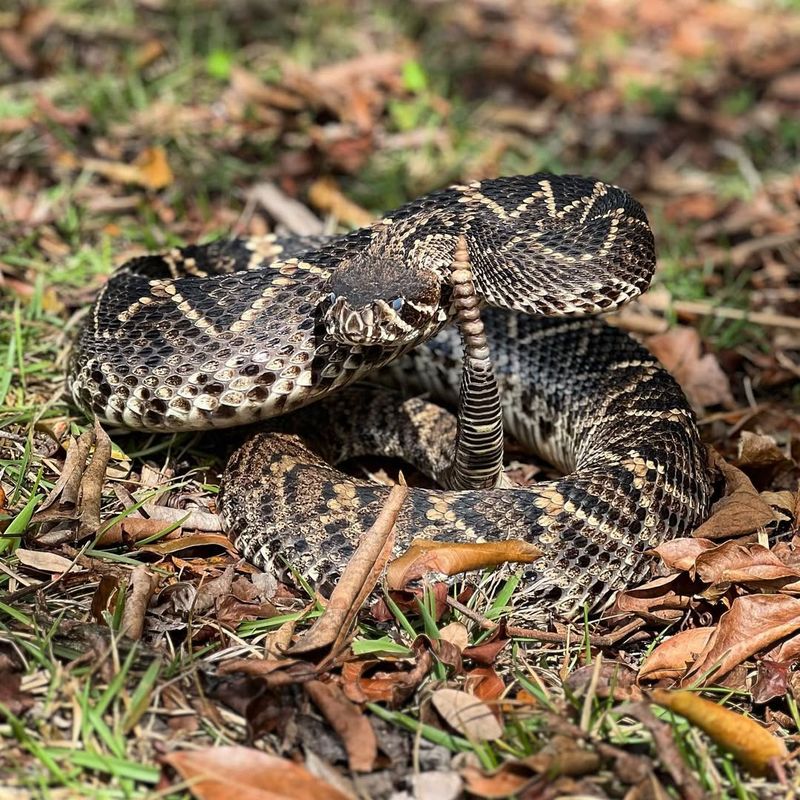
The Eastern Diamondback Rattlesnake is one of the largest venomous snakes in the U.S. Their venom is potent, and while fatalities are rare, a bite can cause extreme pain, swelling, and internal bleeding.
These snakes are often found in southern U.S. forests, swamps, and marshes. If encountered, it’s best to remain calm and give them space to avoid provoking them.
2. Black Widow Spider
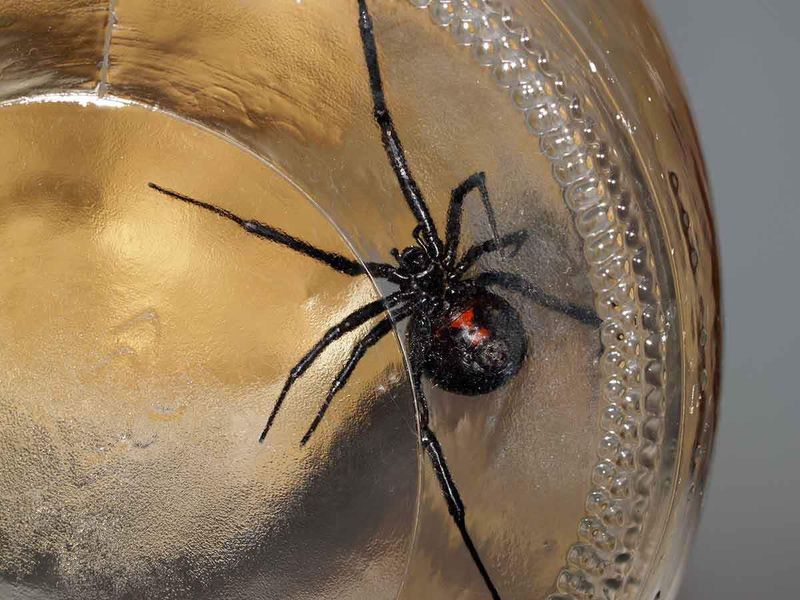
Black widow spiders are venomous, and their bite can cause severe pain, muscle cramps, and even paralysis if left untreated.
They are most often found in dark, undisturbed areas like sheds, basements, or wood piles. While bites are rare, they can be dangerous for children or anyone with a weakened immune system. Identifying the shiny black body and red hourglass marking can help you avoid them.
3. Skunk
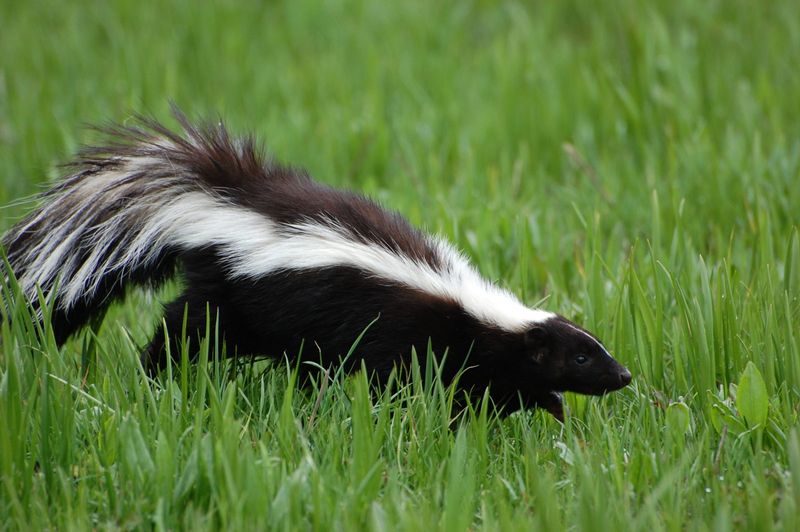
While skunks are known more for their odor than for being directly dangerous, they do pose a health risk. Skunk bites can carry diseases like rabies, and the scent they produce as a defense mechanism can be an intense irritation.
If a skunk feels threatened, it may spray with its foul-smelling fluid, causing a lingering, unpleasant odor that can be difficult to remove.
4. Scorpion
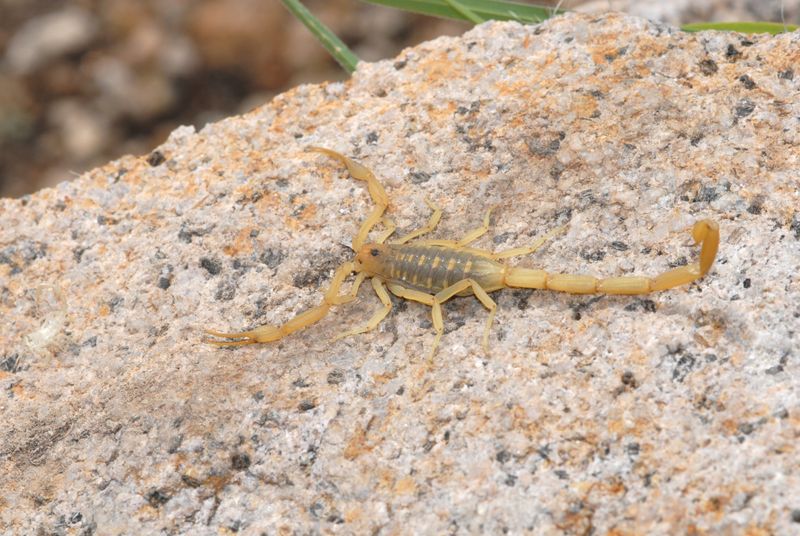
Scorpions are often found in dry, rocky areas and can pose a danger to humans with their venomous sting. While most species’ stings cause pain and swelling, others, like the Arizona bark scorpion, are much more dangerous and can lead to severe reactions or even death in rare cases.
Scorpions are nocturnal and tend to hide in crevices during the day, making them a hidden risk in your backyard.
5. Fire Ant
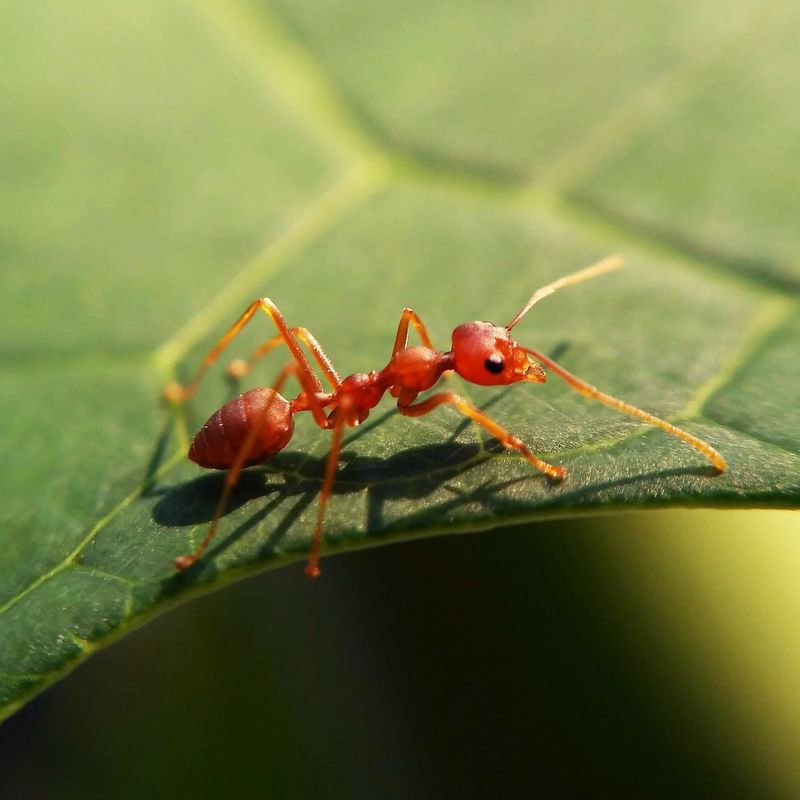
Fire ants are small but aggressive insects that can pose a serious threat, particularly to those with allergies. They can sting multiple times, injecting venom that can cause intense pain, swelling, and, in rare cases, anaphylactic shock.
Fire ants often build large mounds in lawns or gardens, and when disturbed, they can swarm in large numbers. It’s best to approach these areas with caution to avoid being attacked.
6. Eastern Brown Snake
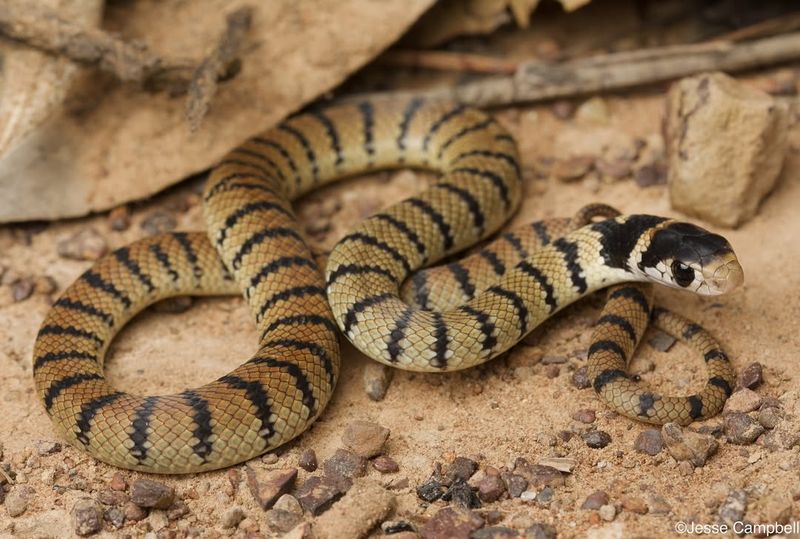
Known as one of the most venomous snakes in the world, the Eastern Brown Snake is found in parts of Australia and is responsible for more deaths than any other snake species in the country.
Its venom can cause paralysis and bleeding, and it strikes quickly and aggressively. These snakes often reside in suburban areas, making them a real threat in backyards and fields.
7. Brown Recluse Spider
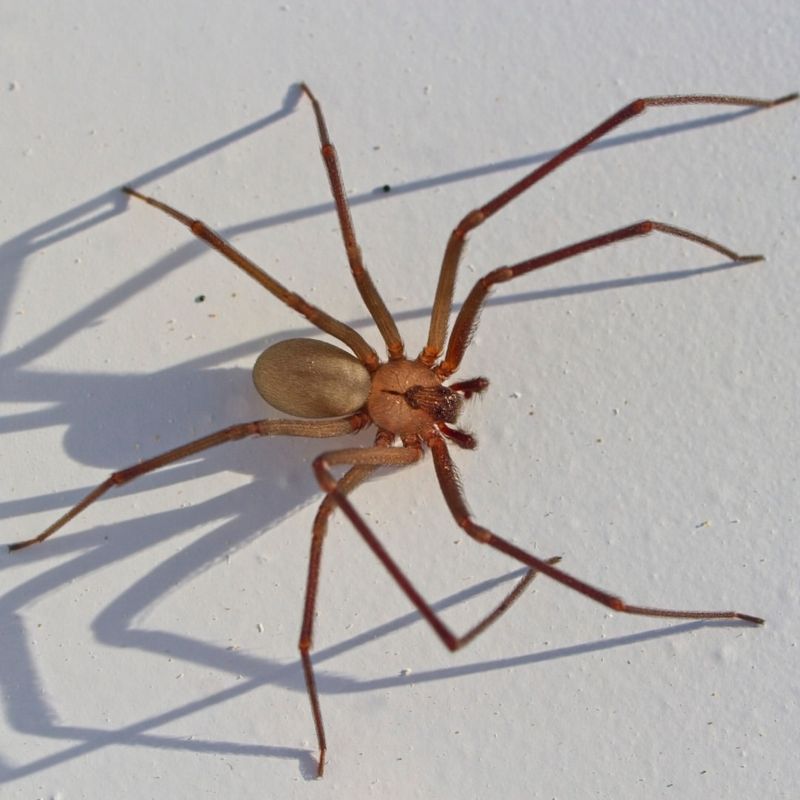
Brown recluse spiders are highly venomous and can be extremely dangerous if bitten. Their bites can cause tissue necrosis, severe pain, and other systemic effects.
Unlike other spiders, brown recluses are reclusive by nature and will often avoid contact with humans. They are usually found in dark, hidden places, so it’s important to check for them in areas like attics or closets.
8. Rattlesnake
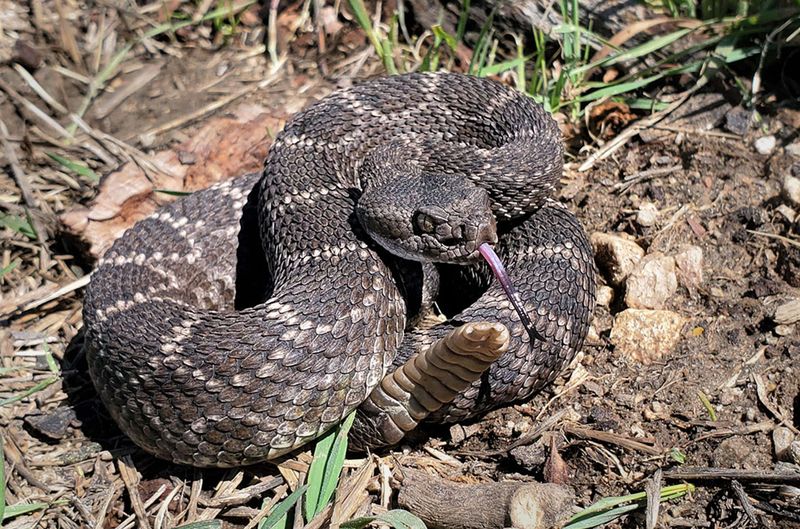
Rattlesnakes are one of the most notorious venomous snakes in the U.S. They use their distinctive rattle as a warning before striking. A rattlesnake bite can inject venom that causes intense pain, tissue damage, and, in severe cases, death.
They typically reside in dry, open areas or under rocks and debris, so it’s important to be cautious when hiking or working outdoors in areas where rattlesnakes are common.
9. Mosquito
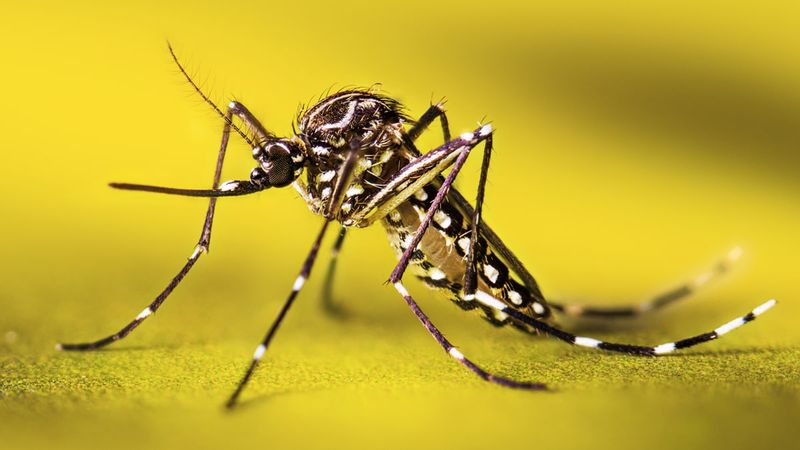
Though often overlooked, mosquitoes are one of the most lethal creatures on Earth due to their ability to transmit deadly diseases like malaria, dengue fever, and Zika virus. In many parts of the world, mosquito-borne diseases are a significant public health concern.
In your backyard, mosquitoes breed in stagnant water, so it’s essential to empty containers or treat water sources to reduce their presence.
10. Yellow Jacket
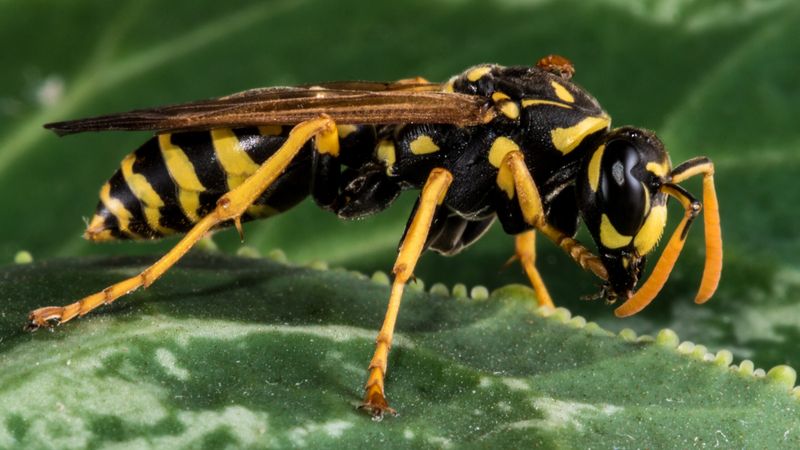
Yellow jackets are aggressive wasps that can attack in swarms if they feel their nest is in danger. Their venomous sting can cause intense pain, allergic reactions, and swelling.
Unlike other wasps, yellow jackets tend to be more territorial, so it’s important to avoid disturbing their nests. They’re especially dangerous during late summer and early fall when they are most active.
11. Wasps
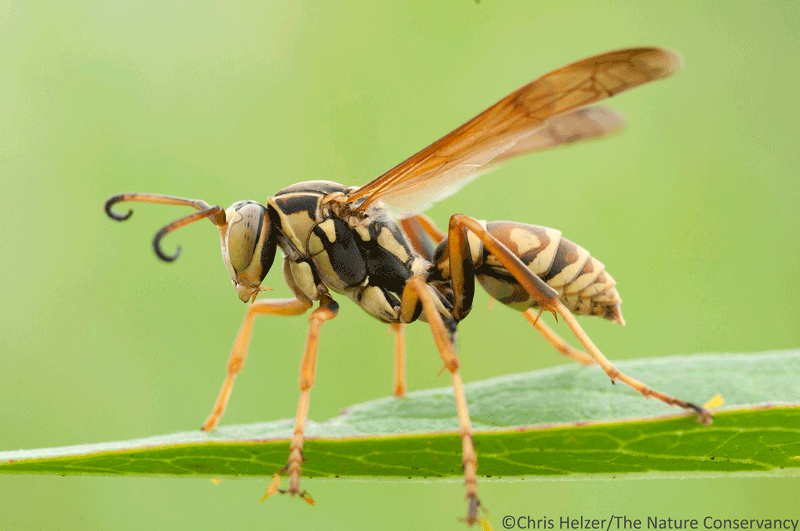
Wasps can be incredibly dangerous if disturbed, especially if they feel threatened. Unlike bees, wasps can sting multiple times, injecting venom that can cause severe pain, swelling, and allergic reactions.
Some species, like the yellow jacket, are known for their aggressive behavior and may attack in swarms if their nest is approached, making them a significant risk in your backyard during warmer months.
12. Deer Tick
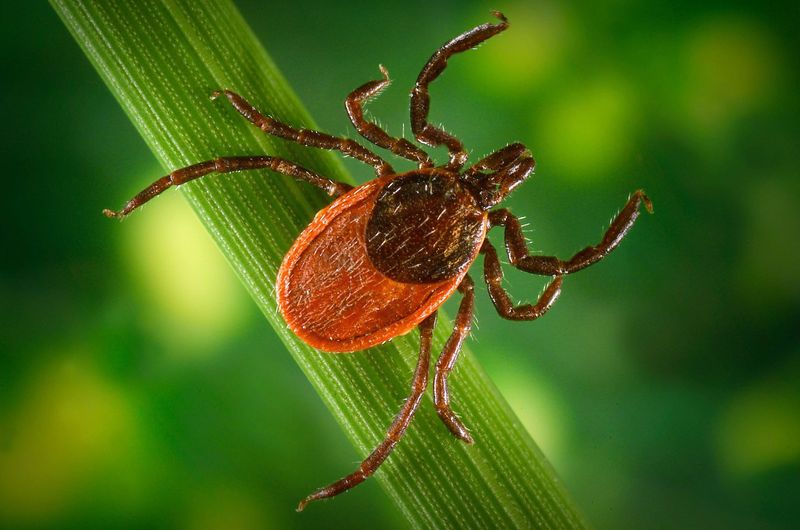
Deer ticks are known to be the primary carriers of Lyme disease, a serious illness that can cause long-term health issues like joint pain, neurological problems, and heart issues if left untreated. They are small and hard to spot, making them a constant threat for anyone spending time in grassy or wooded areas.
Preventative measures, such as wearing long sleeves and using insect repellents, can help reduce the risk of tick bites.
13. Copperhead Snake
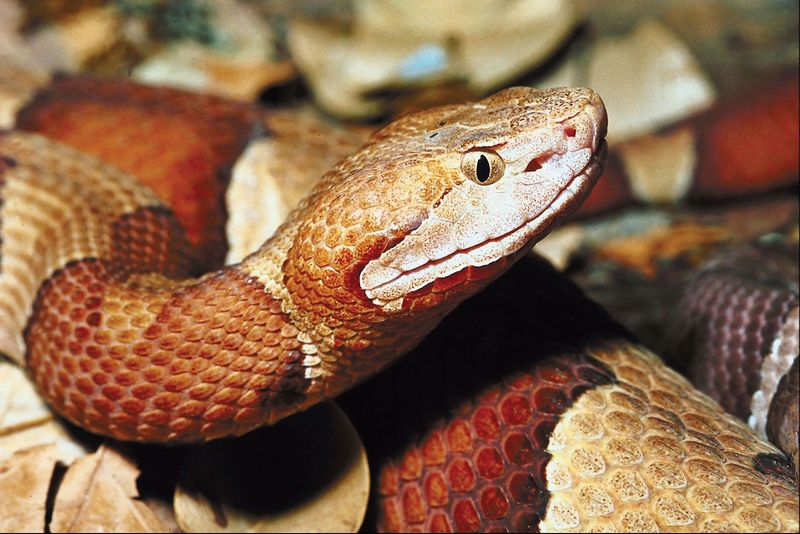
Copperhead snakes are venomous and are often found in wooded areas or near streams. Their bite is rarely fatal to healthy adults but can cause extreme pain, swelling, and potentially dangerous systemic effects if not treated.
Copperheads are often camouflaged in leaf litter, making them hard to spot, so it’s crucial to keep an eye out while hiking or gardening in areas known to host these snakes.
14. Garter Snake
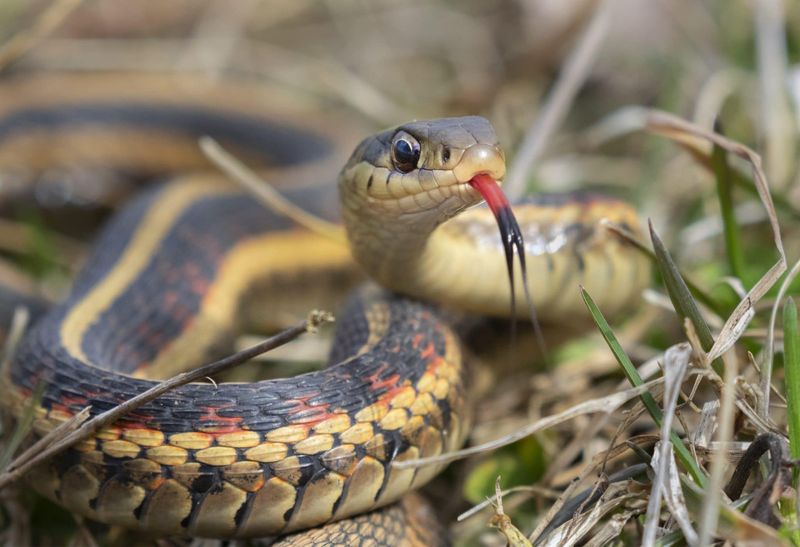
Garter snakes are common across North America, and while not typically aggressive, they can still pose a threat to humans, especially if startled. These snakes often carry venomous traits in some subspecies, and while their bites are usually not deadly, they can cause irritation, swelling, and discomfort.
It’s important to recognize these snakes in your backyard, as they often hang out in tall grass or gardens, preying on small insects and rodents.
15. Feral Hogs
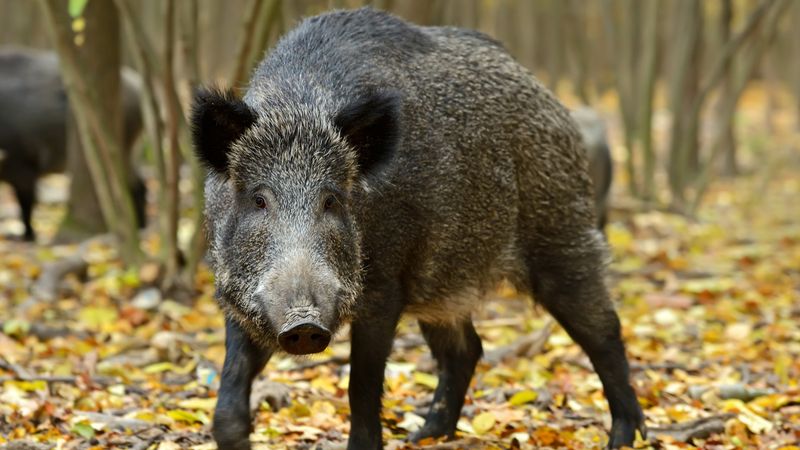
Feral hogs are more than just a nuisance; they can be incredibly destructive and dangerous. These invasive mammals, with their sharp tusks and muscular builds, pose a threat to both the environment and people.
Found in various habitats, including suburban backyards, they root up vegetation and disturb local ecosystems. When threatened, these hogs may become aggressive, charging at intruders with surprising speed.
16. Brown Tree Snake
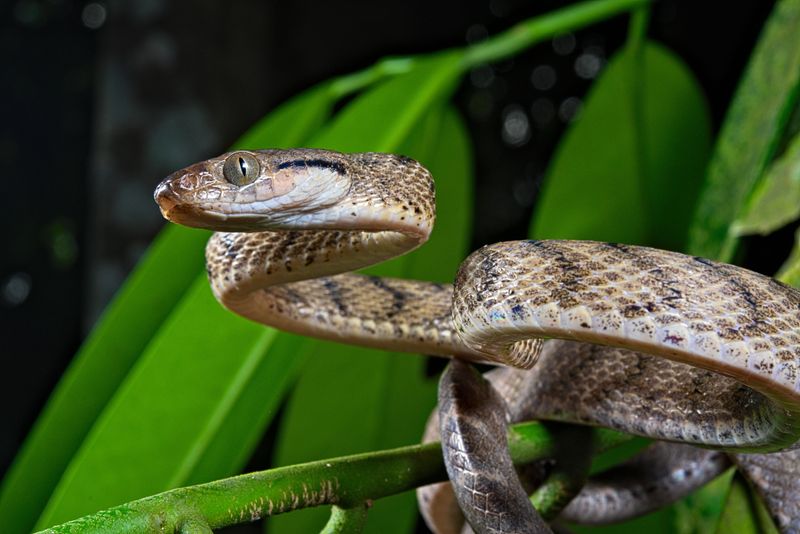
Slithering stealthily through trees and shrubs, the brown tree snake might unexpectedly invade your backyard. Originally from the South Pacific, these snakes have become an invasive species in several parts of the world.
Though not typically aggressive towards humans, their presence can disrupt local wildlife, preying on birds and small mammals. Intriguingly, brown tree snakes have been known to cause power outages by climbing onto electrical equipment.

